Camera Exposure Explained – Unfolding the Exposure Triangle
Hire film gear from local filmmakers.

Hire film gear from local filmmakers.
You hear a lot of talk about camera exposure, and you might be quite uncertain.
Mastering all elements is a cardinal step in your photography journey. Read on to find out everything you need to know about the topic.
Interested in gear? Learn more about camera equipment and the must-have essentials.
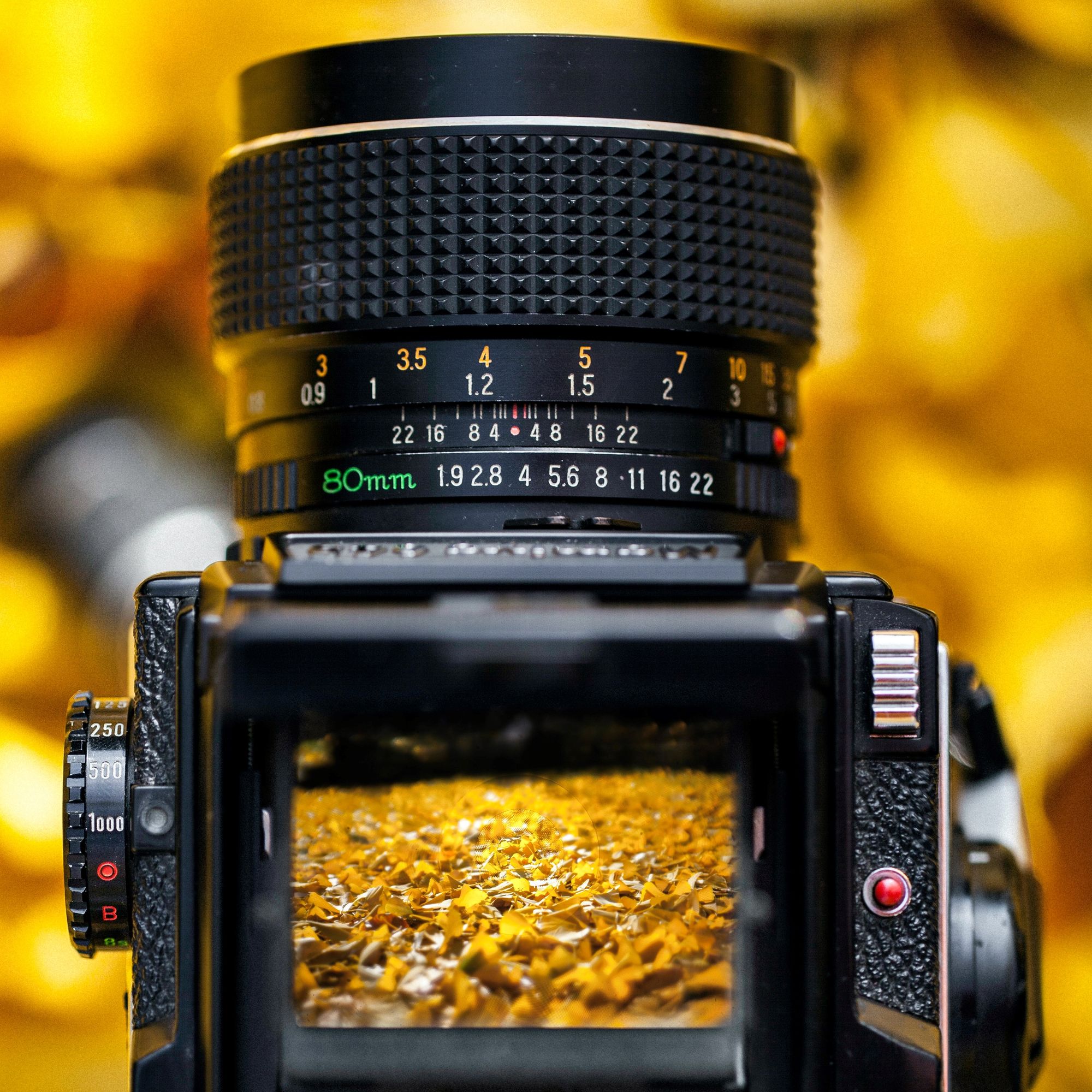
What is exposure in a camera?
Exposure determines the overall brightness of your photos. It affects how much detail your highlights and shadows show. The “correct” camera exposure is always subject, but understanding what elements affect is crucial.
Generally, the more light hits your sensor, the brighter your image. How can you properly expose your next photoshoot? By understanding the exposure triangle.
The exposure triangle
The exposure triangle describes the three factors or camera settings that impact the exposure of an image. Balancing them is the way to capture stunning photos with vivid detail. The three elements of camera exposure are aperture, shutter speed, and ISO.
Changes to any of these factors will affect the image. Unless they compensate for it.
For example, reducing the shutter speed to eliminate motion blur in sports photography will result in an underexposed image unless you increase the aperture or ISO.
Let’s look into the three factors of camera exposure in more detail.
Aperture
Aperture controls the lens’ diaphragm, which lets light in through the lens to the sensor.
Common f-stop values range from f/1.4, a very wide aperture, to around f/22, which is narrower. The smaller the f-number, the greater the opening that allows light to enter.
An incremental increase in aperture means twice as much light hits the sensor. As an example, f/8 allows half the light in as f/5.6. A large one generally leads to a brightly exposed image and a shallow depth of field. A small opening in the diaphragm does the opposite.
Shutter speed
Shutter speed determines how long the lens stays exposed to light. It’s the time your shutter stays open, measured by milliseconds. A shutter speed of 1/100s means that the shutter is open for 1/100th of a second.
Augmenting the shutter speed lets in more light resulting in a brighter image. However, it can introduce motion blur when your subjects are moving. Therefore, use it with caution.
ISO
Your ISO speed determines your camera’s light sensitivity. It’s slightly different from aperture and shutter speed since it doesn’t technically affect the amount of light reaching your camera sensor. The values you see represent a stop of light. Each incremental increase doubles the sensor’s sensitivity to light.
A higher ISO lets you shoot in low-light situations but be mindful that it also increases digital noise or grain in the photo.
Most ISO ratings range from 100 to 6400. But higher-end DSLRs and mirrorless cameras can feature a wider range suited for more challenging lighting conditions.
Consider renting a camera to explore the possibilities!
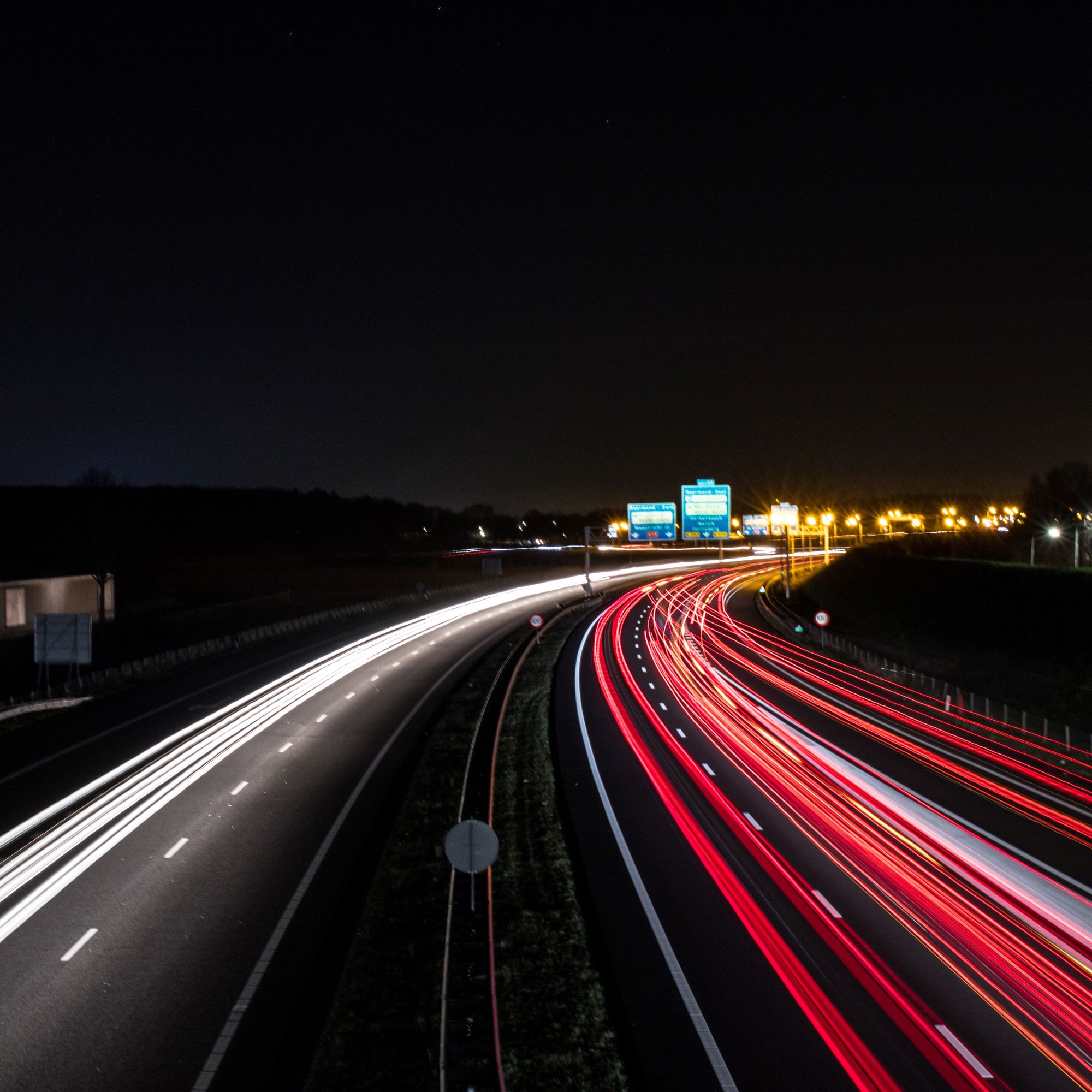
4 types of exposure
What are the various types of exposure that might come up in a professional discussion? Let’s explore.
1. Overexposure
Overexposure refers to a state where too much light enters the sensor. The image’s highlights blew out, and information is lost.
An overexposed image washes out the darkest parts. Once an image is overexposed, there is no way to retrieve the missing information digitally in post-production.
2. Underexposure
Underexposure is the opposite of the term above: It’s when the shadows of a picture don’t contain enough information. Therefore, they are unreadable and register as all black.
The image is too dark!
3. Long exposure
Long exposure is a photography technique where images are shot with a slow shutter speed. This effect introduces motion blur. It is famous in astrophotography, where the stars leave a trail as they move across the night sky.
Read about more photography to learn other techniques and improve your craft!
4. Double exposure
Double exposure is a traditional film photography technique where the film is exposed twice to different subjects. This creates an artistic photo where the two exposures are combined and layered on top of one another.
It can be a beautiful effect if used skillfully.
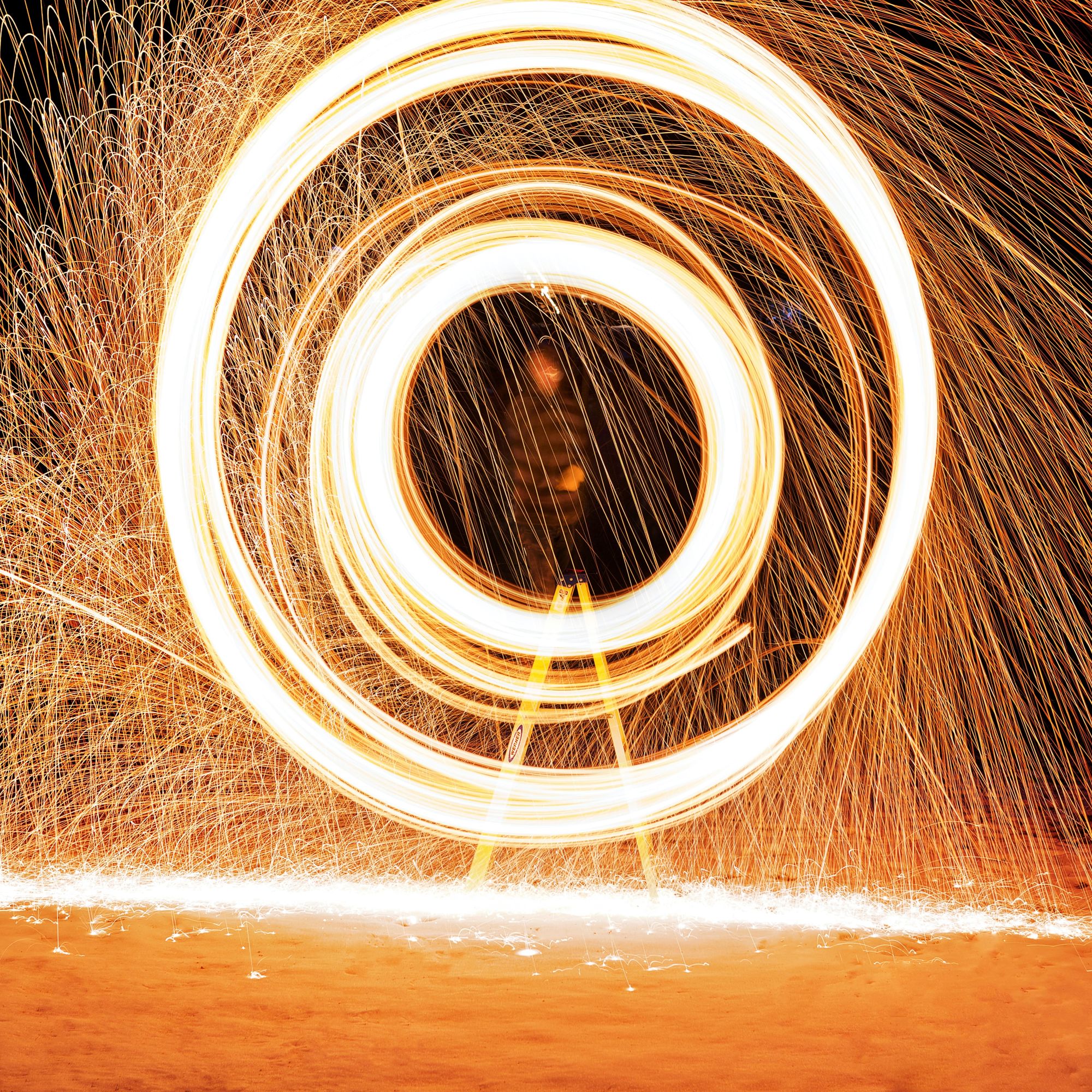
Best camera exposure settings for 5 different shooting purposes
Different purposes and lighting conditions demand different exposure settings for the best result.
Here are 5 examples of how you can best expose for the following types of photography:
For night photography
Shooting at night or in other low-light conditions can be challenging for inexperienced photographers.
A high ISO is a must but be aware that the image might get noisy. Set a fast shutter speed and consider using flash for the ideal camera exposure.
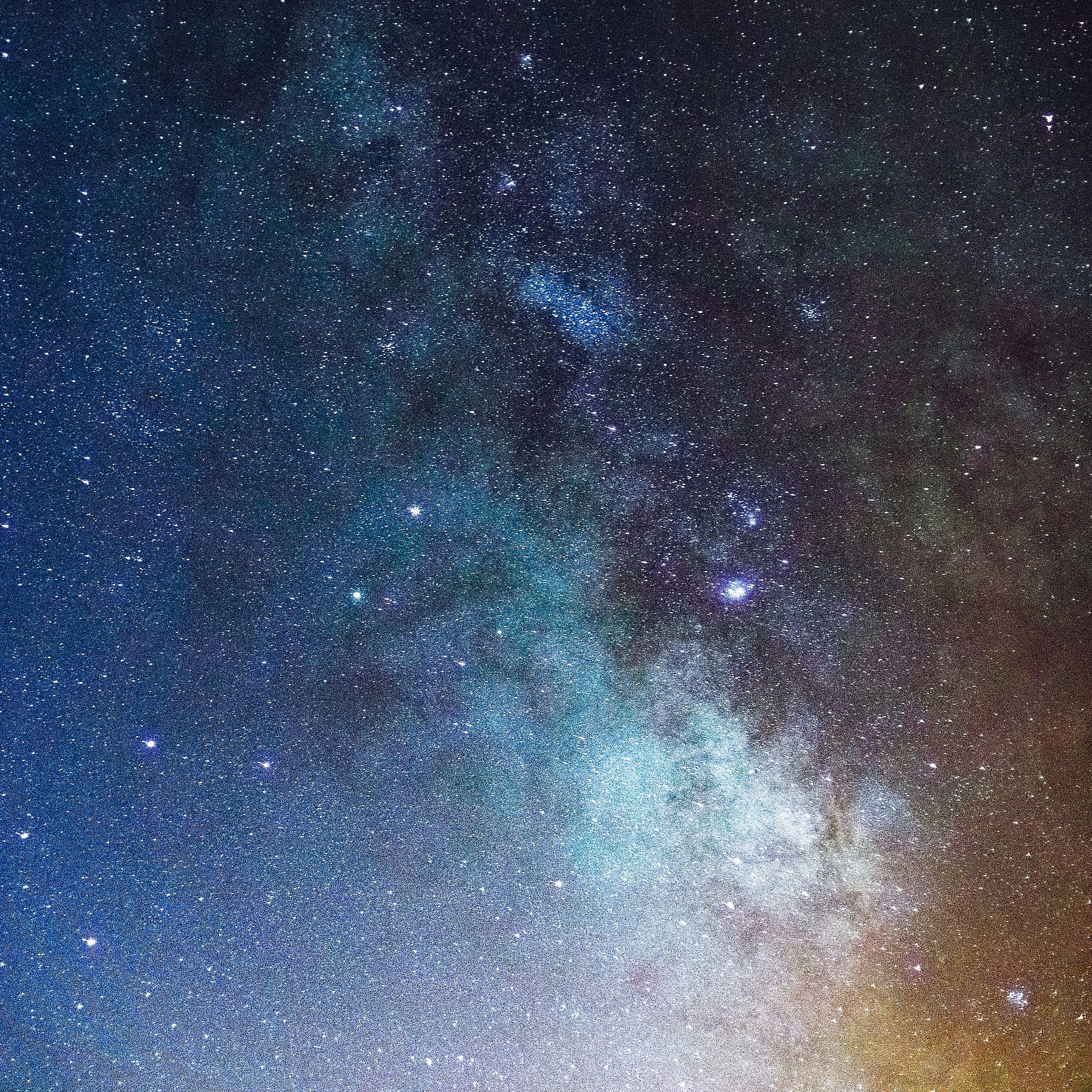
For portrait photography
Create flattering portraits by playing with a shallow depth of field. This will blur the background and direct all attention to your model. A large aperture (small f-number) should do the trick.
Dive into the best aperture for portraits for an in-depth explanation.
For sports and wildlife photography
Sports and wildlife photography is characterized by fast-moving subjects. To capture them and “freeze” their movement, you’ll need to use a fast shutter speed. The faster the better!
Aim for a ballpark value of 1/250s or 1/500s minimum. Decrease the f-number and increase ISO to properly expose the image.
Learn crucial tips for sports photography or master wildlife photography with our complete guide.
For landscape photography
If you want to shoot stunning landscapes, experiment with a small aperture like f/11. Compensate for it with a long shutter speed or higher ISO. It will create a deep depth of field with everything in focus.
To avoid a camera shake, use a tripod. Take your time exploring nature and playing with light since it’s likely not going anywhere.
Get our best tips for landscape photography if you’re interested in capturing inspiring landscapes.
For shooting in direct sunlight
When planning a photoshoot in direct sunlight, you once again need to adjust your camera exposure settings.
To capture details in the shadows without blowing out the highlights, aim for a small aperture of f/16. Keep the ISO at your base level and aim for a shutter speed of around 1/125s.
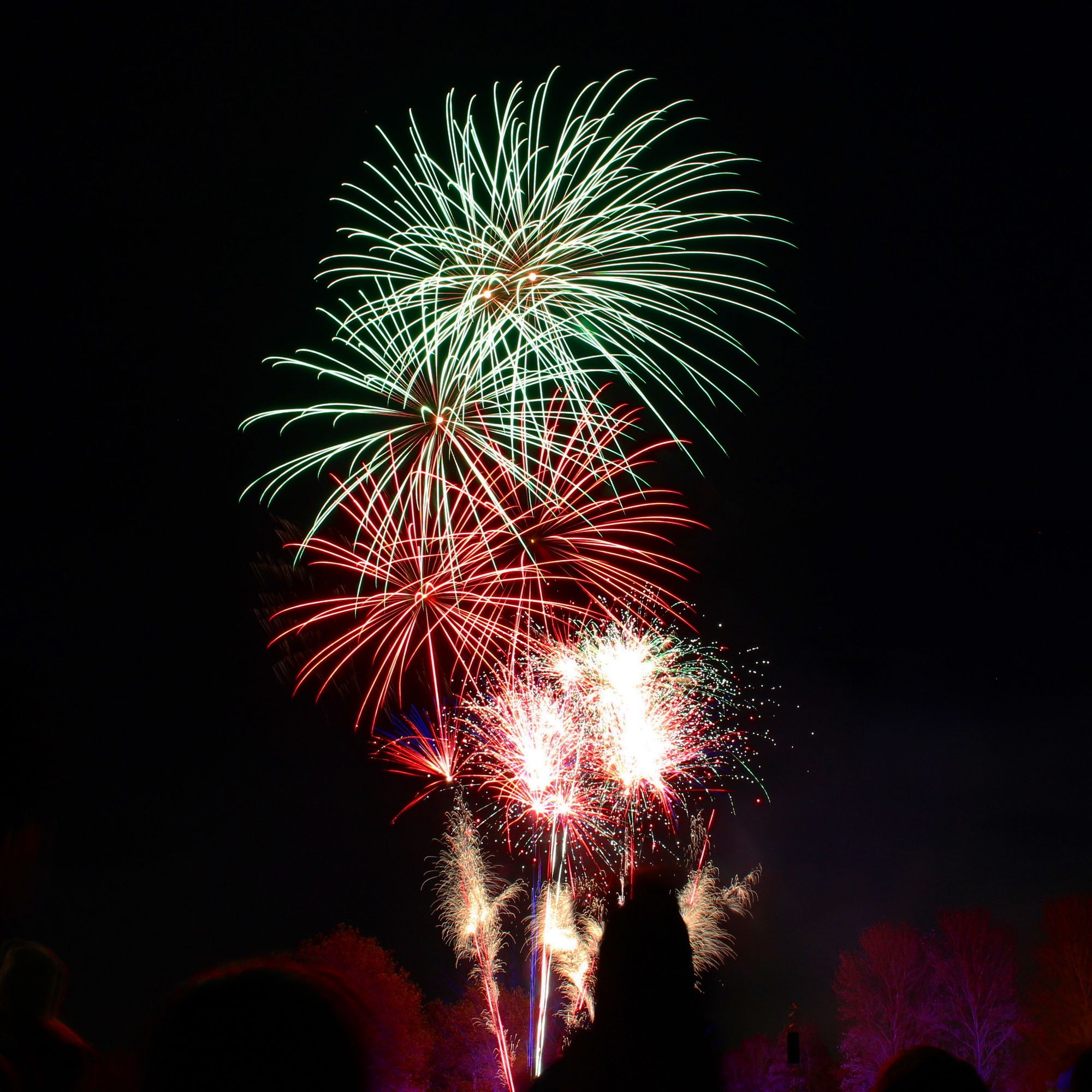
What’s next? Deep dive into ISO
I hope you feel like you now understand the basics of camera exposure!
Experiment with the different settings to improve your practical skills. Soon you’ll be confidently shooting in various lighting conditions.
Want to know more? Deep dive into ISO to learn all you need to know about the topic.
What is camera exposure?
Camera exposure refers to the amount of light reaching your camera’s sensor. This determines the overall brightness of your image.
How to adjust exposure on camera?
Camera exposure can be adjusted by changing the aperture, shutter speed, and ISO of your camera.
What are the effects of camera exposure?
The effect of the correct camera exposure is stunning detail in both the highlights and shadows.
What is the best camera exposure?
The ideal camera exposure always depends on the lighting conditions and your desired outcome.





















